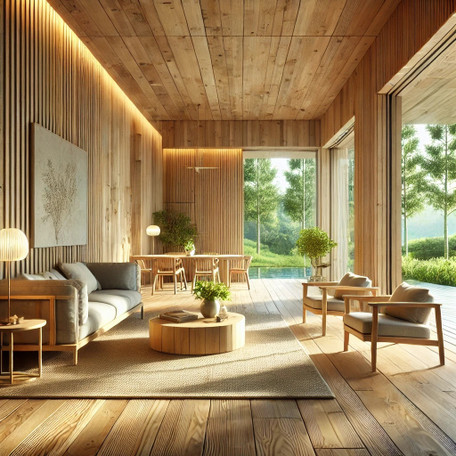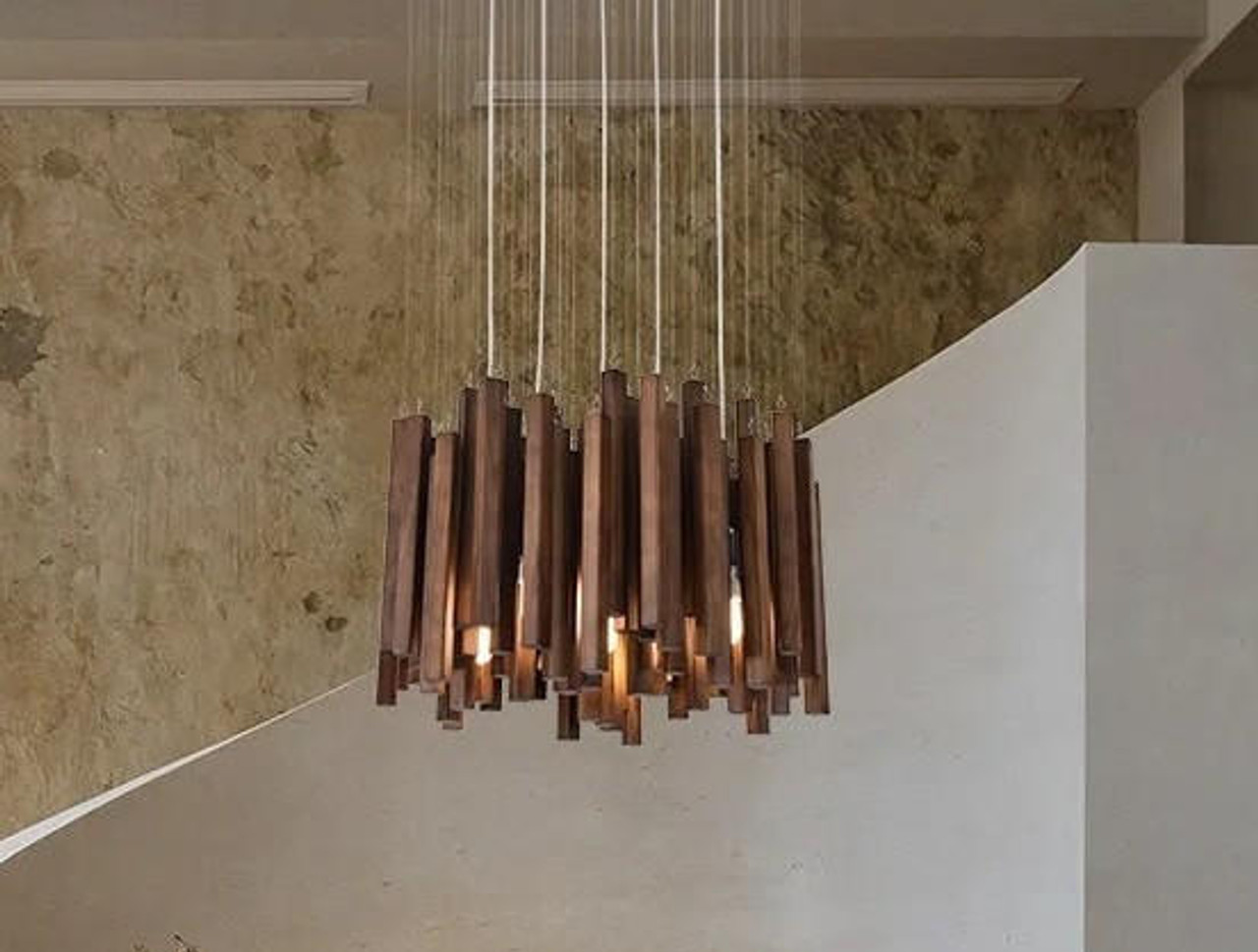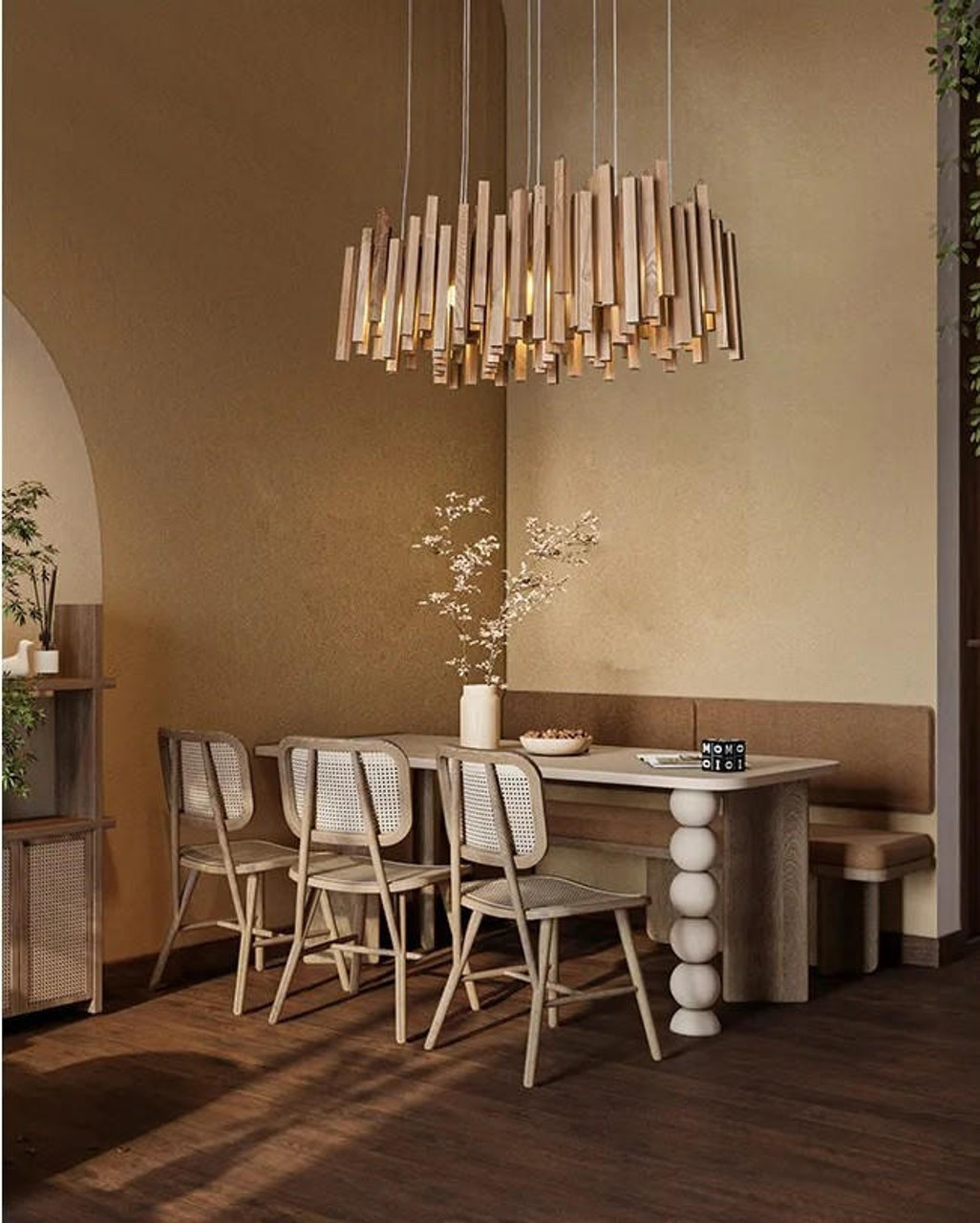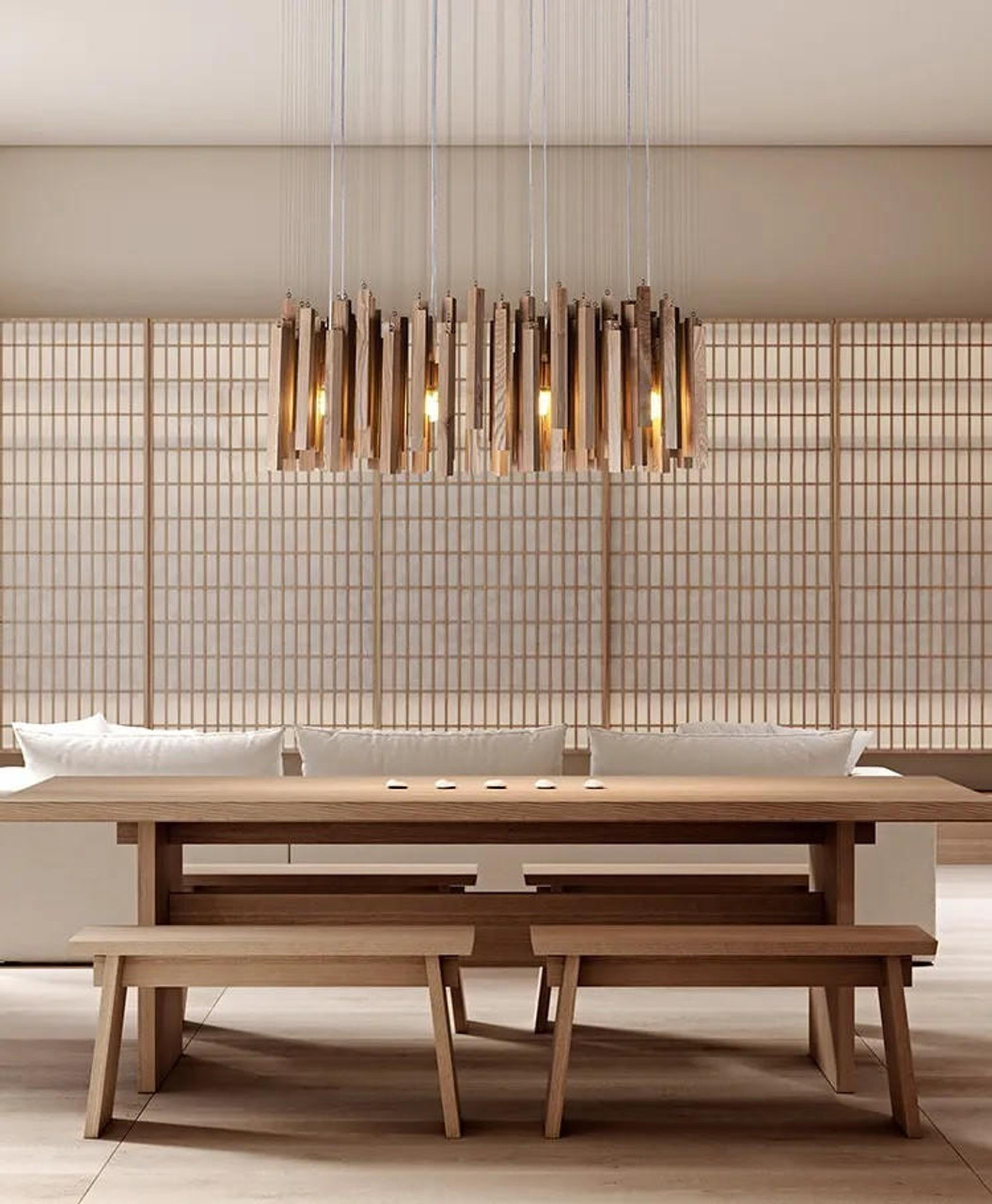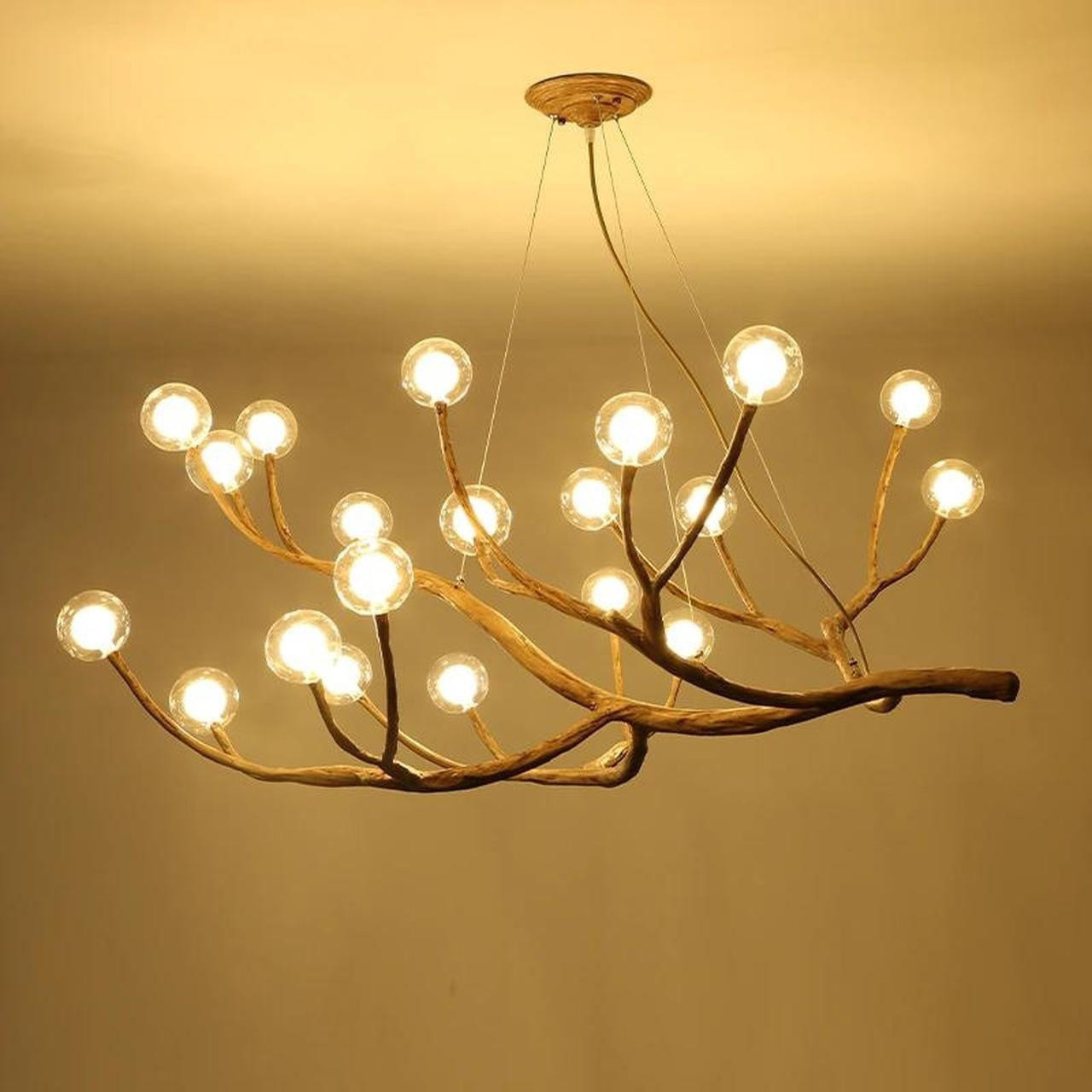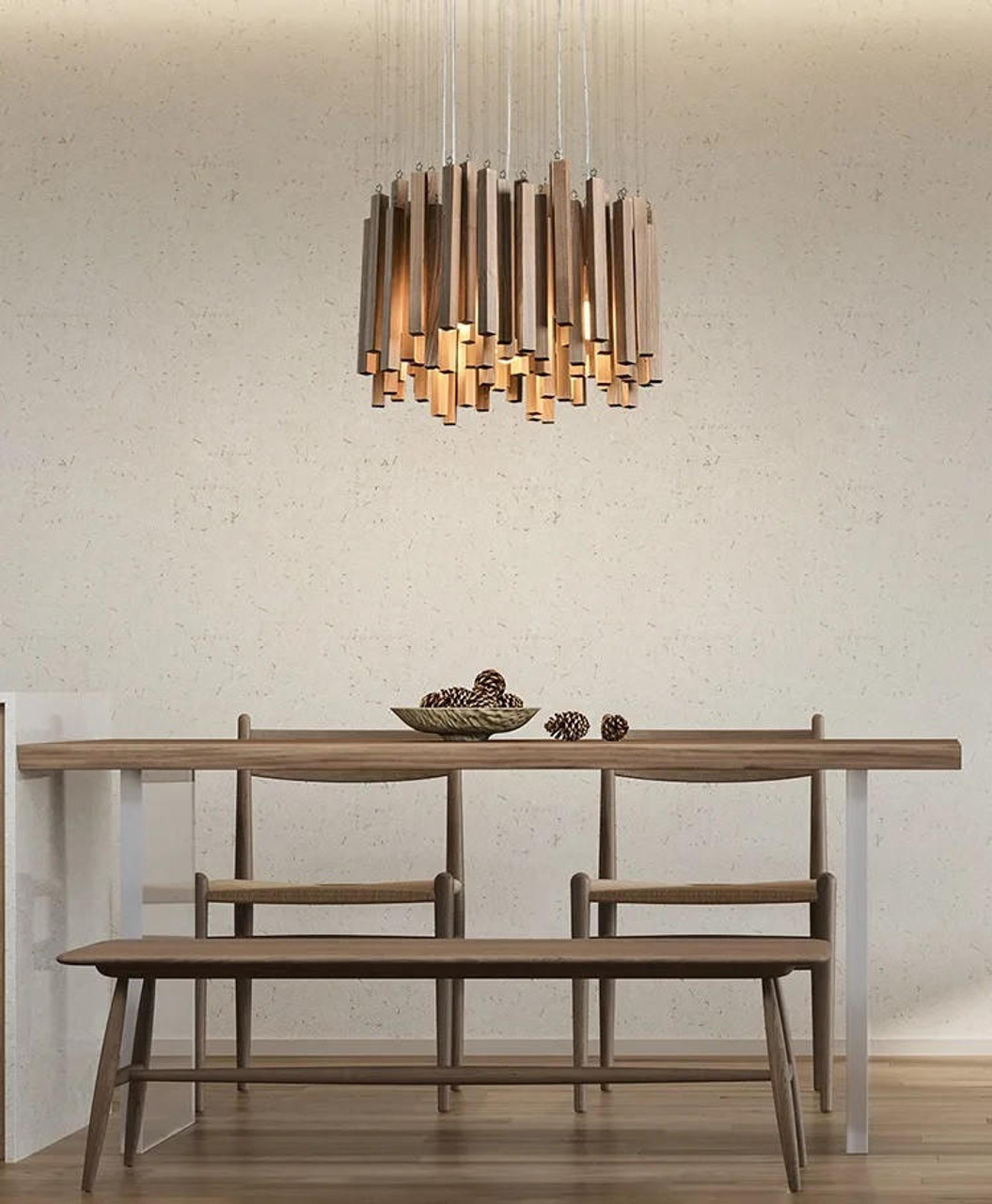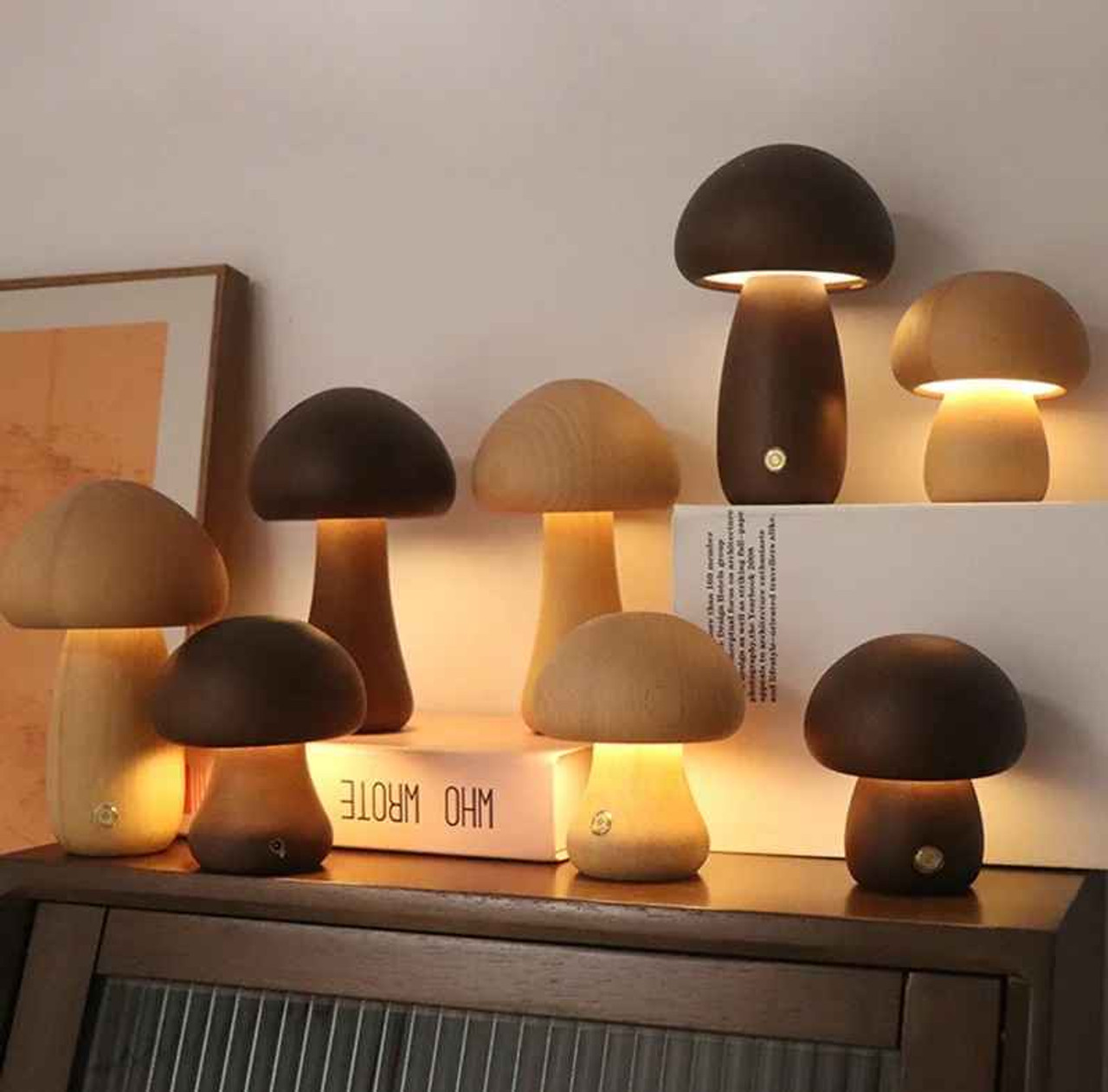Embracing Biophilia: The Role of Wood in Reconnecting with Nature Through Interior Design
4th Sep 2024
Introduction: The Urban Disconnect
In our rapidly urbanizing world, the connection between humans and nature is becoming increasingly scarce. High-rise buildings, digital screens, and artificial environments have overtaken the natural world in many people’s daily lives, leading to a significant disconnect from nature. This separation is not just physical but also emotional and psychological, affecting our overall well-being. As a response to this growing concern, the fields of architecture and interior design are increasingly focusing on biophilic design—a concept that emphasizes the importance of integrating nature into our built environments. Central to this approach is the use of wood, a natural material that can transform sterile spaces into warm, inviting environments that promote health and happiness.
Understanding Biophilia and Neuroarchitecture
What is Biophilia?
Biophilia, a term popularized by biologist E.O. Wilson in the 1980s, refers to the inherent human affinity for the natural world. This concept suggests that humans are biologically wired to connect with nature and that this connection is essential for our well-being. Biophilic design, therefore, is about creating spaces that bring the natural world indoors, whether through the use of plants, natural light, or materials like wood and stone.
The Science Behind Neuroarchitecture
Neuroarchitecture is an emerging field that examines how the built environment affects our brain function, emotions, and behavior. It integrates principles from neuroscience, psychology, and architecture to design spaces that positively influence the way we feel and think. For example, studies have shown that environments rich in natural elements, such as wood, can reduce stress, enhance creativity, and improve cognitive function. Neuroarchitecture supports the idea that by incorporating natural materials like wood into interior spaces, we can create environments that not only look beautiful but also promote mental and physical health.
Wood: A Timeless Connection to Nature
The Historical Use of Wood in Interior Design
Wood has been a fundamental building material for centuries, valued not only for its strength and versatility but also for its aesthetic appeal. In many cultures, wood has been revered for its natural beauty and its ability to bring warmth and comfort to a space. From the intricately carved wooden temples of Japan to the grand wooden beams of medieval European cathedrals, wood has played a significant role in architecture and design throughout history.
In the modern era, wood continues to be a popular choice in interior design, not just for its practical benefits but also for the emotional connection it fosters between people and the natural world. Whether used in flooring, furniture, or decorative accents, wood brings a sense of calm and stability to a room, making it an ideal material for creating environments that nurture the human spirit.
The Sensory Appeal of Wood
One of the reasons wood is so effective in biophilic design is its sensory appeal. Wood engages multiple senses—its warmth and texture are pleasing to the touch, its natural grain patterns are visually soothing, and in some cases, it even emits a subtle, pleasant aroma. These sensory qualities make wood a material that not only enhances the aesthetics of a space but also contributes to a deeper, more meaningful connection with the environment.
The Psychological and Physiological Benefits of Wood
Reducing Stress and Anxiety
Research has shown that environments featuring natural elements like wood can have a calming effect on the mind and body. The presence of wood in interior spaces has been linked to lower levels of stress and anxiety. A study conducted by the University of British Columbia found that the presence of wood in a room can reduce sympathetic nervous system activation, which is associated with stress responses. This means that wood can help create environments that promote relaxation and mental well-being, making it an ideal material for spaces where people go to unwind, such as bedrooms, living rooms, and meditation areas.
Enhancing Cognitive Function and Creativity
In addition to its calming effects, wood can also enhance cognitive function and creativity. Exposure to natural materials has been shown to stimulate the brain and improve focus, making wood an excellent choice for workspaces and educational environments. A study published in the journal Building and Environment found that participants working in environments with wooden interiors reported higher levels of concentration and productivity compared to those in non-wooden environments. This suggests that incorporating wood into the design of offices, classrooms, and studios can create spaces that support mental clarity and creative thinking.
Improving Physical Health
Wood also offers physical health benefits, particularly in terms of indoor air quality. Unlike synthetic materials, wood is a natural regulator of humidity, helping to maintain a comfortable and healthy indoor environment. Additionally, wood is less likely to harbor dust and allergens, making it a healthier choice for people with respiratory sensitivities. The tactile quality of wood—its warmth and softness—also contributes to a sense of physical comfort, enhancing the overall livability of a space.
Sustainable Design: Wood as an Eco-Friendly Choice
The Environmental Impact of Wood
In the context of sustainable design, wood stands out as a renewable and environmentally friendly building material. When sourced responsibly, wood has a lower environmental impact compared to other materials like concrete, steel, or plastic. Sustainable forestry practices ensure that wood is harvested in a way that preserves forest ecosystems, supports biodiversity, and contributes to carbon sequestration. These practices include selective logging, replanting, and the protection of old-growth forests, all of which help maintain the balance of natural habitats.
The Role of Reclaimed and Recycled Wood
Using reclaimed or recycled wood in interior design is another way to enhance sustainability. Reclaimed wood, often salvaged from old buildings, barns, or industrial sites, not only reduces waste but also adds character and history to a space. Each piece of reclaimed wood carries its own unique story, with weathered textures and patinas that can’t be replicated by new materials. Recycled wood, on the other hand, is wood that has been repurposed from other uses, such as furniture or shipping pallets, and given new life in interior projects. Both reclaimed and recycled wood contribute to a circular economy, reducing the demand for virgin materials and minimizing environmental impact.
Certification and Responsible Sourcing
When choosing wood for interior projects, it’s important to consider the source of the material. Certifications such as the Forest Stewardship Council (FSC) and the Programme for the Endorsement of Forest Certification (PEFC) provide assurance that the wood has been harvested from responsibly managed forests. These certifications take into account environmental, social, and economic factors, ensuring that the wood supply chain supports sustainable practices and the well-being of forest communities.
Integrating Wood into Interior Design: Practical Applications
Wood is a versatile material that can be incorporated into interior design in countless ways. Whether used in large structural elements or small decorative accents, wood adds warmth, texture, and a natural aesthetic to any space. Here are some practical applications of wood in interior design:
Wooden Flooring: The Foundation of a Natural Interior
Wooden flooring is one of the most popular and impactful ways to incorporate wood into interior design. Available in a wide range of species, finishes, and styles, wood flooring can complement any design aesthetic. The type of wood chosen for flooring can dramatically affect the look and feel of a space. For example, light-colored woods like maple or ash can make a room feel airy and spacious, while darker woods like walnut or mahogany add richness and sophistication.
Wood flooring is also highly durable and can last for decades with proper care. In addition to solid hardwood, engineered wood flooring is an excellent option for those looking for a more affordable and environmentally friendly alternative. Engineered wood consists of a thin layer of hardwood bonded to a plywood base, offering the beauty of real wood with added stability and resistance to moisture.
Wall Panels and Cladding: Adding Texture and Warmth
Wooden wall panels and cladding are another effective way to bring the natural beauty of wood into your home. Whether used as an accent wall or to cover an entire room, wood paneling adds depth, texture, and a sense of coziness. In modern interiors, wood cladding can be used to create a sleek, minimalist look, while in traditional spaces, it can enhance the warmth and charm of the room.
There are various types of wood paneling to choose from, including tongue-and-groove boards, shiplap, and reclaimed wood planks. Each type offers a different aesthetic and can be customized with stains, paints, or finishes to achieve the desired look. Wood panels can also be arranged in patterns, such as herringbone or chevron, to add visual interest and sophistication.
Furniture and Decor: Versatile and Timeless
Wooden furniture is a timeless addition to any interior space. From classic hardwood dining tables to contemporary minimalist pieces, wood furniture is both functional and beautiful. The natural grain of wood gives each piece its own unique character, making it a cherished element of interior design.
In addition to large furniture items like tables, chairs, and cabinets, smaller wooden decor elements can also contribute to a natural, cohesive look. Wooden shelves, picture frames, mirrors, and sculptures are just a few examples of how wood can be used to enhance the aesthetics of a room. The versatility of wood allows it to be integrated into any design style, from rustic farmhouse to modern industrial.
Ceiling Beams and Architectural Details: Creating a Focal Point
Exposed wooden beams and other architectural details can add character and charm to a space. Ceiling beams, in particular, are a striking feature that draws the eye upward, making a room feel more expansive and grounded. Whether part of a traditional design or a modern reinterpretation, these elements highlight the structural beauty of wood and add a sense of history and authenticity to a home.
Wooden architectural details, such aswooden trim, moldings, and built-ins, can also enhance the overall aesthetic of a space. These details not only add to the visual appeal but also contribute to the functional layout of the room, providing storage and defining architectural features.
Advanced Techniques and Innovations in Wood Design
As technology and design evolve, so do the techniques and methods used to incorporate wood into interior spaces. Innovative treatments and processes have expanded the possibilities for using wood in new and exciting ways. Here are some advanced techniques in wood design that are shaping the future of interior projects:
Thermally Modified Wood
Thermally modified wood is wood that has been heat-treated to improve its durability and resistance to moisture and decay. This process involves heating the wood to high temperatures in a controlled environment, which alters its chemical and physical properties. The result is wood that is more stable, less prone to warping, and resistant to pests and fungi. Thermally modified wood is ideal for both indoor and outdoor applications, and its rich, dark color adds a distinctive aesthetic appeal.
Engineered Wood Products
Engineered wood products, such as cross-laminated timber (CLT) and laminated veneer lumber (LVL), are increasingly being used in both residential and commercial construction. These products are made by bonding layers of wood together with adhesives to create strong, stable panels and beams. Engineered wood is not only more sustainable than solid wood, but it also allows for greater design flexibility, enabling architects and designers to create innovative structures and interiors.
3D Printing with Wood
Advances in 3D printing technology have opened up new possibilities for using wood in interior design. Wood-based filaments and resins can now be used in 3D printers to create custom furniture, fixtures, and decorative elements with intricate designs that would be difficult or impossible to achieve using traditional woodworking techniques. This technology allows for greater creativity and customization in interior projects, as well as the ability to produce one-of-a-kind pieces that reflect the unique character of the wood.
Case Studies: Real-World Examples of Wood in Interior Projects
To further illustrate the impact of wood in interior design, let's explore some real-world examples of successful projects that have effectively used wood to reconnect inhabitants with nature. These case studies showcase a variety of applications, from residential homes to commercial spaces.
Residential Case Study: The Scandinavian Retreat
In this Scandinavian-inspired home, wood is the central element that ties the entire design together. Light-colored wood floors and walls create a sense of openness and tranquility, while wooden furniture and decor add warmth and comfort. The use of natural wood throughout the home creates a cohesive aesthetic that blurs the line between indoor and outdoor living. Large windows frame views of the surrounding landscape, further enhancing the connection to nature.
Commercial Case Study: The Urban Office Oasis
This urban office space was designed with biophilic principles in mind, using wood to create a calm and inviting environment for employees. Exposed wooden beams, reclaimed wood paneling, and custom wood furniture are combined with indoor plants and natural light to create a workspace that promotes well-being and productivity. The use of wood helps to soften the industrial aesthetic of the office, creating a balance between the natural and built environments.
Public Space Case Study: The Community Center
In this community center, wood is used to create a welcoming and inclusive space for visitors of all ages. The design features wooden ceilings, walls, and floors, along with custom wood furniture and fixtures. The natural warmth of the wood contrasts with the modern architecture, creating a space that feels both contemporary and rooted in tradition. The use of wood also enhances the acoustics of the space, making it a comfortable and enjoyable environment for community events and activities.
The Future of Wood in Interior Design
As the demand for biophilic design continues to grow, wood will undoubtedly play an increasingly important role in shaping the future of interior spaces. Designers and architects are continually finding new ways to incorporate wood into their projects, exploring innovative treatments, finishes, and applications that push the boundaries of what is possible.
The future of wood in interior design is also closely tied to advancements in sustainable forestry and wood processing. As more consumers and businesses prioritize environmental responsibility, the demand for sustainably sourced and responsibly manufactured wood products will continue to rise. This shift will drive innovation in the industry, leading to the development of new wood products and technologies that are both beautiful and environmentally friendly.
Conclusion: Reconnecting with Nature, One Interior at a Time
In conclusion, the mindful use of wood in interior design offers a powerful way to reconnect with nature in our daily lives. By integrating this timeless material into our homes and workplaces, we can create environments that not only look beautiful but also support our physical and emotional well-being. As the trends of biophilia and neuroarchitecture continue to influence design, wood will undoubtedly remain a key element in creating spaces that nurture the human spirit.
Wood is more than just a building material; it is a link to the natural world that can transform the way we experience our living environments. By embracing wood in interior design, we can create spaces that are not only sustainable and aesthetically pleasing but also deeply connected to the natural rhythms of life. As we move forward, the use of wood in interior projects will continue to evolve, offering new possibilities for creating spaces that are both innovative and rooted in the timeless beauty of nature.

